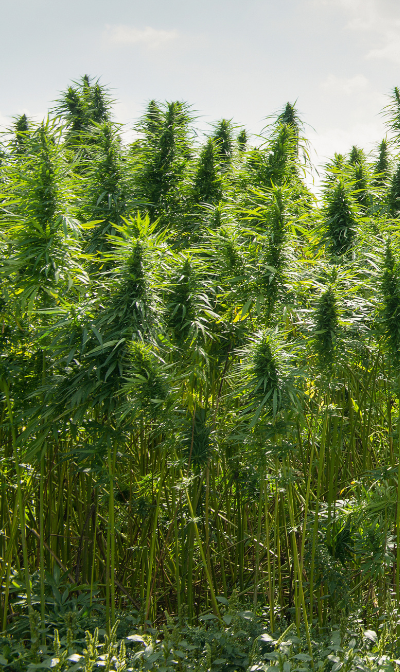Your cart is empty Continue Shopping
Learn More
Curious about cannabis?
Welcome to our Cannabis Learn More section! Here, we provide a comprehensive guide to all things cannabis.
Whether you’re a seasoned user or just starting to explore the world of cannabis, we’ve got you covered.

What is cannabis?
Cannabis is a plant that is commonly used for medicinal and recreational purposes. The plant contains over 100 chemical compounds, known as cannabinoids, that interact with the body’s endocannabinoid system. The two main cannabinoids found in cannabis are delta-9-tetrahydrocannabinol (THC) and cannabidiol (CBD).
THC is the compound responsible for the psychoactive effects of cannabis, which can alter a person’s perception, mood, and behavior. CBD, on the other hand, does not produce psychoactive effects and is known for its potential therapeutic properties.
Cannabis has been used to treat symptoms associated with conditions such as chronic pain, multiple sclerosis, epilepsy, and cancer, among others. However, its use can also have potential side effects, including impaired coordination, anxiety, and short-term memory problems. It is important to note that the legality of cannabis use varies by country and jurisdiction.
Cannabis can be consumed in various forms, including smoking, vaping, edibles, and topical applications. The use of cannabis is subject to legal restrictions in many parts of the world, and it is important to understand the laws and regulations in your area before using cannabis.
5 tips for CBD newbies
CBD, or cannabidiol, is a non-intoxicating compound found in the cannabis plant. It has become increasingly popular in recent years for its potential health benefits and is commonly used to relieve pain, reduce anxiety and depression, and alleviate symptoms of various medical conditions.
 If you’re new to CBD, here are some things to keep in mind:
If you’re new to CBD, here are some things to keep in mind:
- CBD is legal in many parts of the world, but regulations vary. Before using CBD, check your local laws to ensure it’s legal in your area.
- CBD can be consumed in various forms, including oil tinctures, capsules, gummies, topicals, and vape juice. It’s important to choose a reputable brand and product that has been third-party tested for quality and purity.
- CBD dosing can be tricky, as everyone’s body reacts differently. Start with a low dose and gradually increase until you find the optimal dose for you. It’s recommended to consult with a healthcare provider before starting to use CBD
- CBD is generally safe, but it can interact with some medications. If you’re taking prescription medication, talk to your doctor before using CBD.
- CBD may not work for everyone, and it’s not a cureall. If you have a medical condition, talk to your doctor about incorporating CBD into your treatment plan.
Overall, CBD can be a useful tool for managing various health issues, but it’s important to do your research, start with a low dose, and talk to your healthcare provider before using it.
Greenhouse vs Indoor?
Both greenhouse and indoor cannabis cultivation have their pros and cons, and the choice between them largely depends on the grower’s goals, budget, and location.
Greenhouse cannabis cultivation involves growing cannabis plants in a greenhouse, which provides a partially controlled environment that is somewhat protected from the outdoor elements. Greenhouses allow for ample natural light and ventilation while also providing some protection from pests and harsh weather conditions. The advantage of greenhouse cannabis cultivation is that it can be less expensive to set up and maintain compared to indoor cultivation. Additionally, greenhouse-grown cannabis may have a more natural and robust flavour and aroma due to the plants being exposed to natural sunlight.
Indoor cannabis cultivation involves growing cannabis plants in a fully controlled environment, typically inside a grow tent or a dedicated room. Indoor cultivation provides complete control over the growing environment, including light, temperature, humidity, and ventilation. This level of control allows for greater precision in growing and can result in higher yields of potent and high-quality cannabis. However, indoor cultivation can be more expensive to set up and maintain, and the plants may not have the same flavour and aroma as those grown outdoors or in a greenhouse
Hydroponic
Hydroponic cannabis refers to cannabis grown without the use of soil, but rather using a water-focused system. This type of cannabis is constantly oxygenated and kept in nutrient-rich water to keep the plant healthy throughout the grow cycle.
This cannabis is considered to be healthier than soil-grown cannabis, due to the likely lower levels of pesticides and heavy metal. These are the most common cannabis contaminants which are harmful to our health.
Indica vs Sativa
Some kinds of cannabis feel uplifting, happy, and give a boost of mental energy. Other strains are more calming and relaxing. These two opposing experiences have led people to simplify cannabis into one of two different categories: indica and sativa.
Here’s how people typically generalize the potential effects of each:
Indica
Relaxing
“In-da-couch”
Sleep aid
Recommended for night-time use
Sativa
Uplifting
“Heady”
Energizing
Recommended for day-time use

